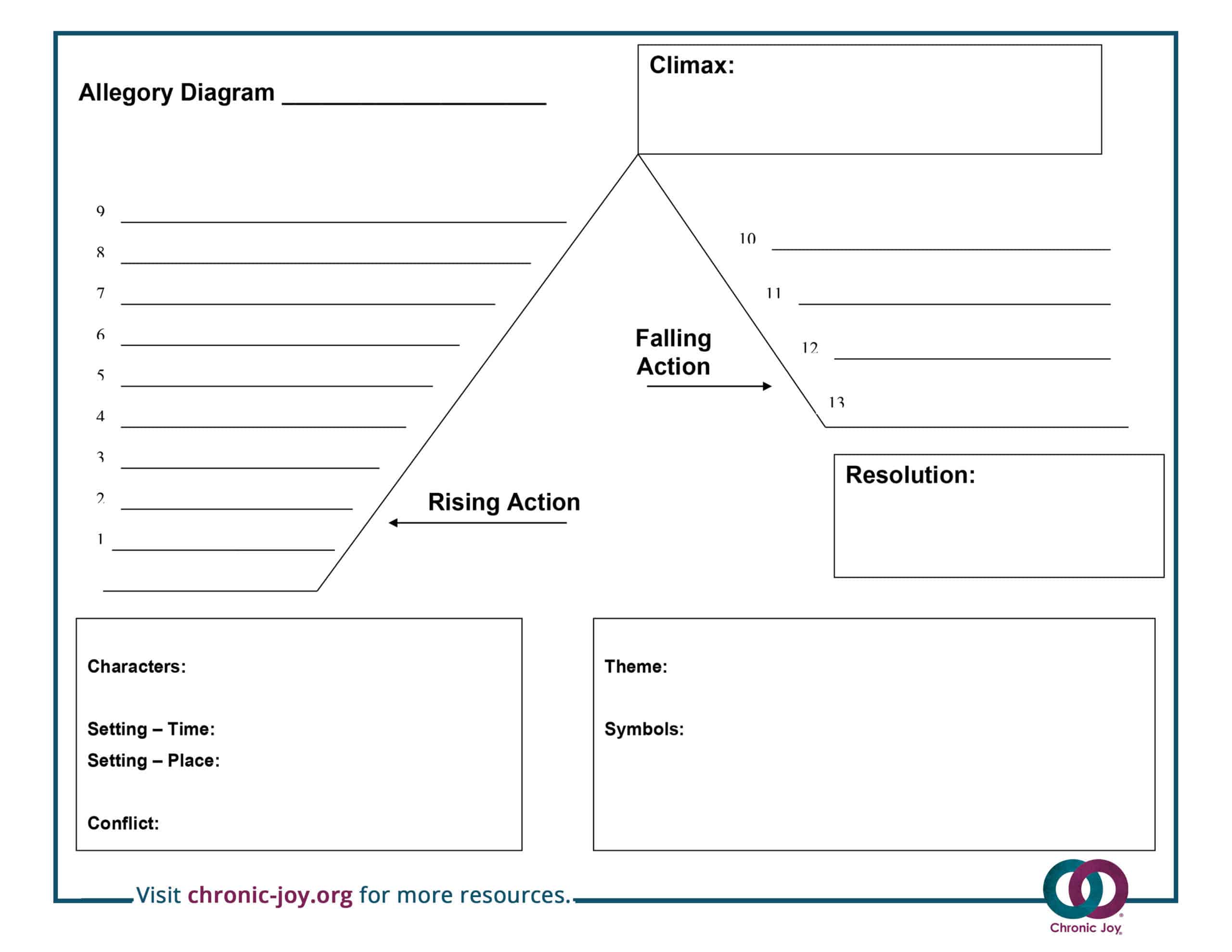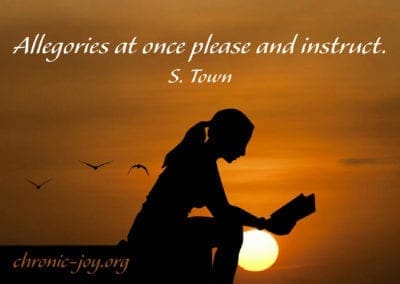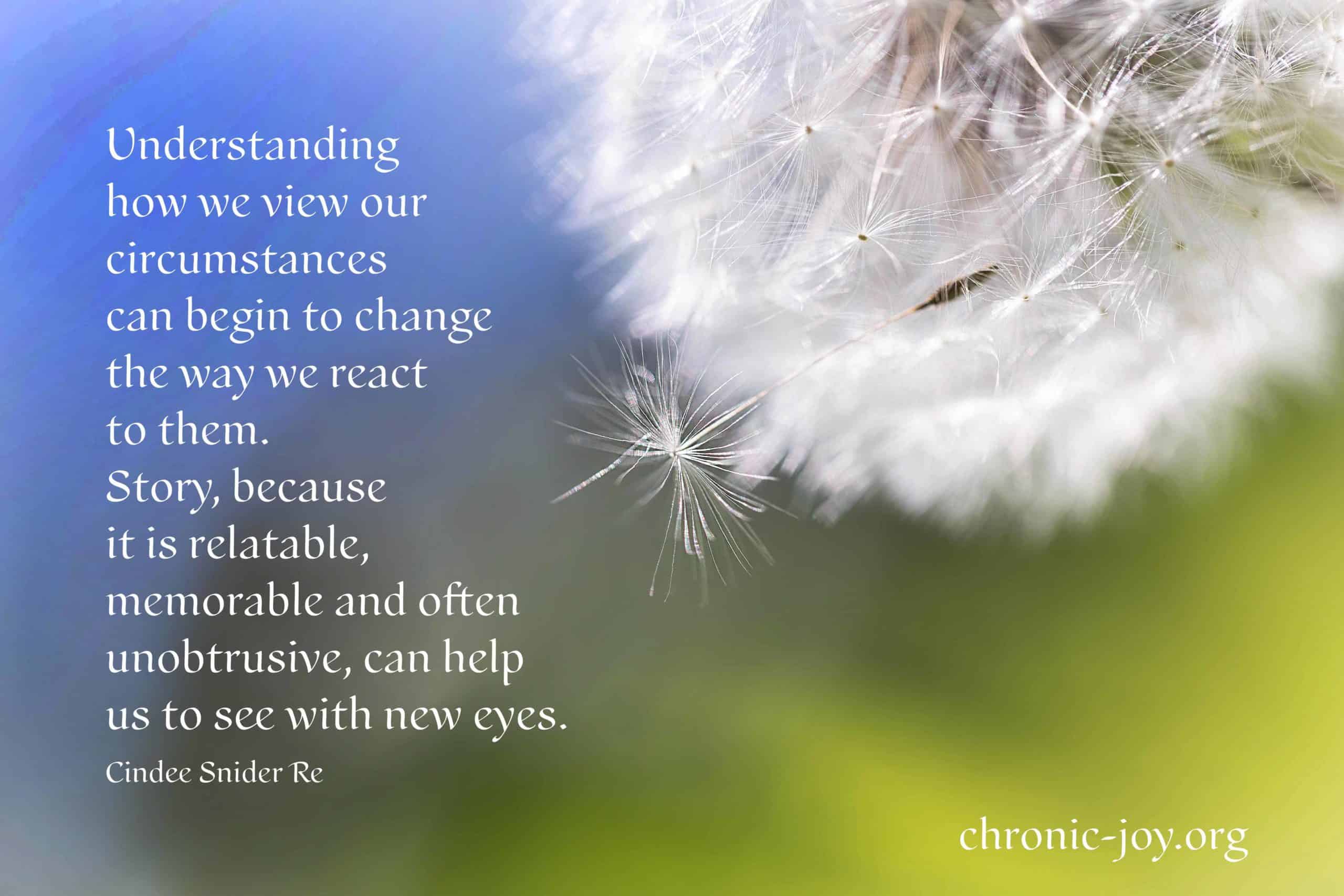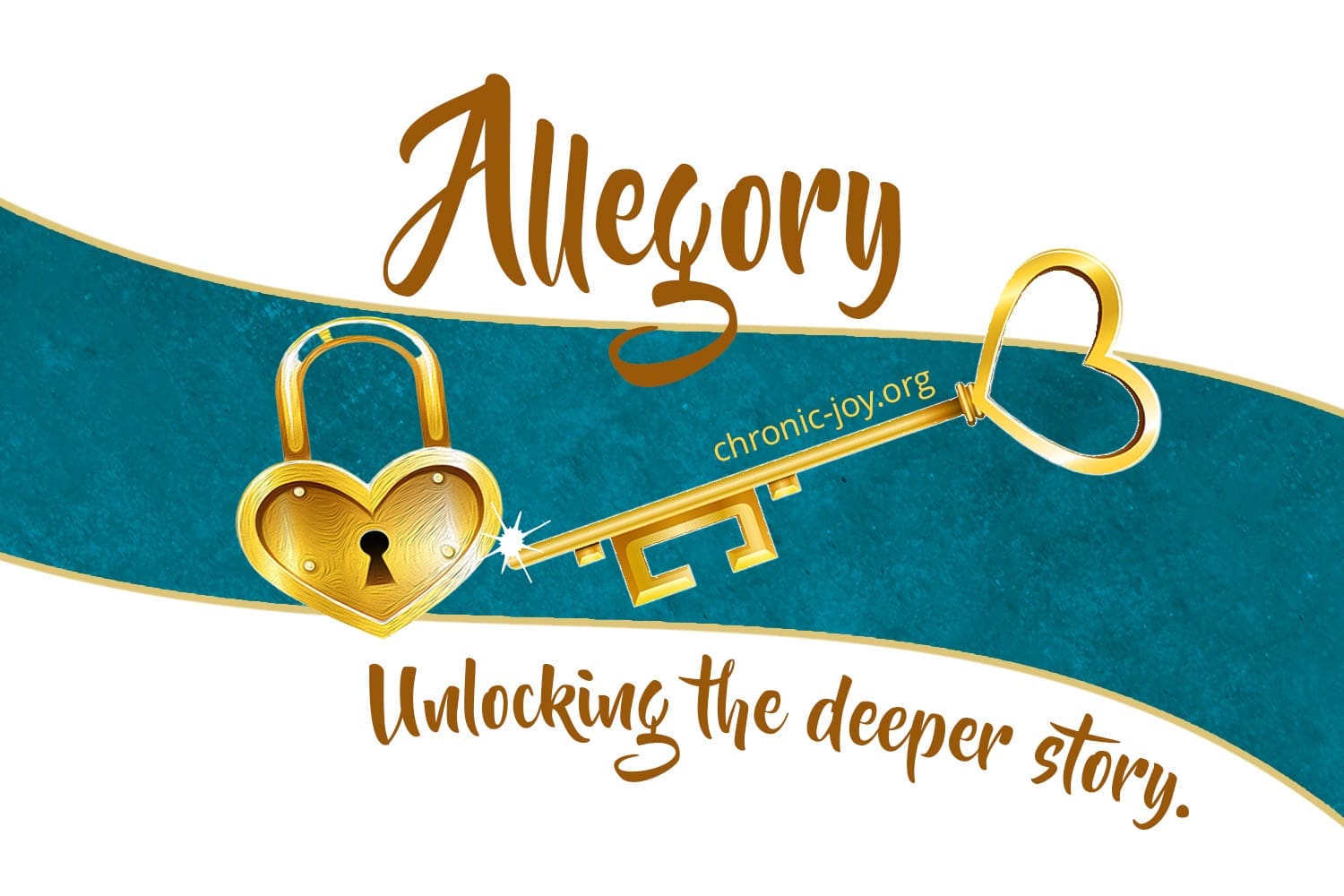
Allegory
Unlocking the Deeper Story
Explore the difficult, painful, or vulnerable parts of your story from a safer distance and a different perspective.
ALLEGORY IS A BEAUTIFUL, ARTISTIC FORM OF STORYTELLING
Derived from the ancient Greek word “allegoria,” meaning to imply something else, an allegory is a story with two levels – a surface story and a deeper symbolic story, representing an historical event, Biblical truth, prominent political figure, or social narrative. Characters are often animals named for the specific qualities, strengths, or weaknesses of the real people they represent.
WRITING ABOUT THE DIFFICULT PARTS OF OUR STORIES FROM A DISTANCE
Allegory offers us an opportunity to explore difficult, painful, or vulnerable parts of our stories from the safer distance of a fictional character’s perspective.
For example, author Sarah Fitzgerald was just eight years old when her sister was killed in an auto accident. Overwhelmed by grief, Sarah wrote in order “to get her feelings out.” Because she “couldn’t bear to write directly about” her sister, Sarah wrote a moving story about a pair of dolphins sisters.
Her surface story is a touching children’s tale. The deeper story is the symbolic retelling of Sarah’s personal journey through grief and emerging into happiness again.
Well-Known Allegories Include:
- The Pilgrim’s Progress by John Bunyan
- Hinds Feet on High Places by Hannah Hurnard
- The Screwtape Letters by C.S.Lewis
- The Dream Giver by Bruce Wilkerson
- The Chronicles of Narnia by C. S. Lewis
- The Tortoise and the Hare by Aesop
- Yertle the Turtle by Dr. Seuss
- The Giving Tree by Shel Silverstein
- Shakespeare’s Romeo and Juliet
- Gulliver’s Travels by Jonathan Swift
- Animal Farm by George Orwell
- Lord of the Flies by William Golding
- S. Eliot’s The Wasteland
- The Wonderful Wizard of Oz by L. Frank Baum
QUESTIONS TO HELP YOU UNDERSTAND THE SYMBOLIC MESSAGE IN ALLEGORY
- What is the subject of the surface story? The subject is what the surface story is about.
- What is the underlying message or symbolic meaning of the allegory? Is there more than one?
- Make a list of the characters – animal and human – and their names. Are they personifications of character qualities, strengths or weaknesses like anger, anxiety, sorrow, or insecurity? Do they represent real people? Can you identify them?
- List the place names. Do they represent specific ideas like the Slough of Despond in The Pilgrim’s Progress or the Valley of Humiliation in Hinds’ Feet on High Places?
- Has the author used symbols as clues in the symbolic story? Look for metaphors or similes, colors, objects, sounds, textures, weather, or actions. For example, a handshake might symbolize an agreement between opposing sides, a red rose might be a symbol for love, and a dove might symbolize peace. Symbols layer complex meaning onto readily accessible imagery.

HOW TO WRITE AN ALLEGORY
1. Start with the hidden story.
-
- What part of your story is difficult to put into words, too painful, or too close?
- Could you explore this part of your journey more safely from a distance or from a fictional character’s perspective?
2. Break down your hidden story.
-
- What is the theme of this part of your story? Pain? Vulnerability? Anger? Loss? Being disbelieved? Grief?
- What is the real-life climax of your hidden story?
- What action points lead to this climax?
- Who are the real-life characters? What are their key characteristics?
- What is the real-life resolution of your hidden story? You can be honest here. Your story doesn’t have to end well to be told. Real life journeys are sometimes open-ended or held in the tension of “not yet” resolutions. Sometimes the resolutions that have the greatest impact on us over time are those that seem almost imperceptible as they happen. Those can be powerfully told, too.
- What real-life action points led from climax to resolution in this part of your story?
3. What symbols or clues will you use to reveal your deeper story?
-
- “Symbol,” according to John Truby, “is a technique of the small. It is the word or object that stands for something else—person, place, action, or thing—and is repeated many times over the course of the story.”
- Identify your symbols: weather, nature, sounds, images, words, objects, textures, colors, characters, abstract concepts.
4. What is the theme of your surface story?
An allegory’s surface story is often very different from its deeper symbolic story. In the children’s story Little Rose of Sharon, author Nan Gurley weaves the tale of a beautiful rose who knew she brought pleasure to her Creator. The story’s conflict blows in with a raging storm, knocking a tiny egg from its nest. As the doves search for their lost egg, the Little Rose is faced with a difficult choice: hold fast to the source of her beauty or let her petals fall to keep the lost egg warm throughout the stormy night.
By morning, the Little Rose is just a stem, but her petals have protected the tiny egg. As the egg hatches, the doves are overjoyed to discover their baby warm and well. When the Little Rose hears her Creator in the distance, she begins to tremble, hanging her head, hoping He won’t notice her — but He does. He knows what her sacrifice has cost her, and while her petals and aroma were beautiful, her selfless heart is infinitely more beautiful to Him.
5. Break down your surface story.
-
- What significant obstacle will your characters face? List the “rising action” points that will build toward your surface story’s climax and the “falling action” points leading your characters toward resolution.
- What is the climax of your surface story? What is the significance of this obstacle in your main character’s life?
- List your characters, who they represent in real life, and the animals or objects that will represent them.
- What are their three primary characteristics? Will their names reflect those characteristics?
- Where does your surface story take place? When?
- Toward what resolution are your characters heading? Why is this important to the story, and to your characters? How does this resolution parallel your deeper story?
- What symbols will you use in the surface story to give clues to the theme of your deeper story?
Writing Your Own Allegory
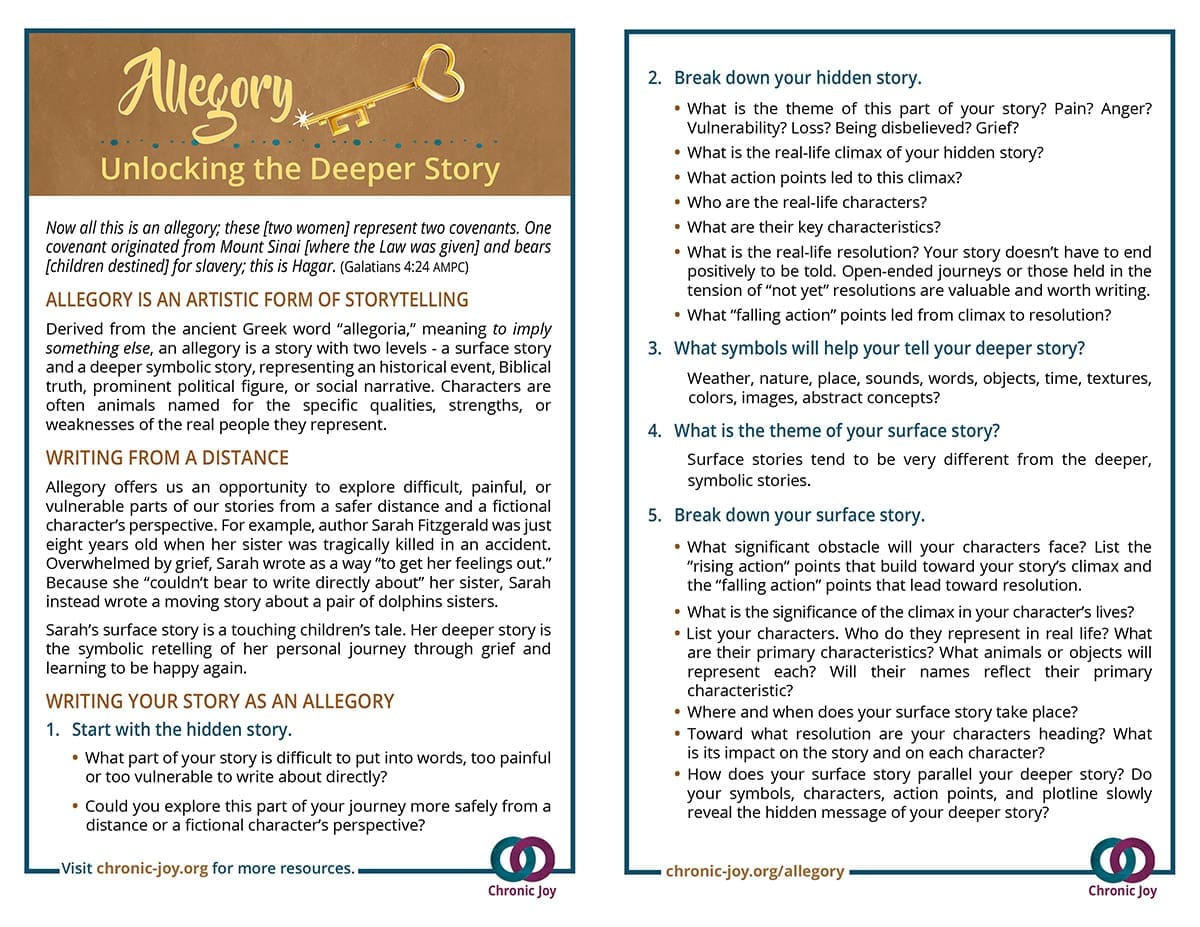

Allegory • Symbolic Storytelling
Allegory is a beautiful, artistic form of storytelling that offers us an opportunity to explore difficult, painful, or vulnerable parts of our stories from a safer distance and a fictional character’s perspective.
Allegory Posts
Worry and Concern Meet the God of Hope: Allegory Part 2
Have you ever felt worry bubbling over inside your mind? Join me in this allegory revisited to see how two women, Worry and Concern, meet God.
The Treasure Within – Strength in Weakness
The mystery of how Christ opens our hearts to His strength in our weaknesses, transforming us in the deepest of places, the treasure within.
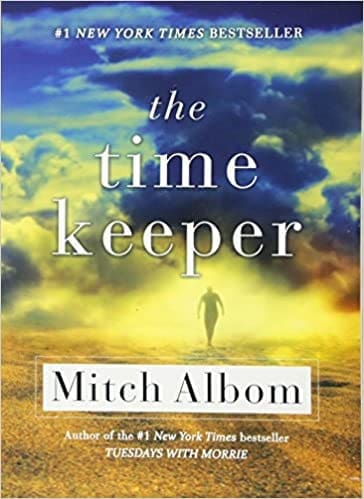
The Time Keeper
Mitch Album
The inventor of the world’s first clock is punished for trying to measure God’s greatest gift. He is banished to a cave for centuries and forced to listen to the voices of all who come after him seeking more days, more years. Eventually, with his soul nearly broken, Father Time is granted his freedom, along with a magical hourglass and a mission: a chance to redeem himself by teaching two earthly people the true meaning of time.
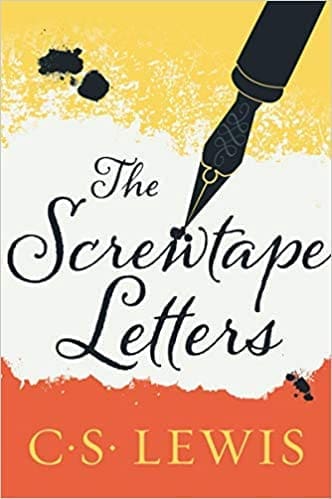
The Screwtape Letters
C.S. Lewis
The Screwtape Letters by C.S. Lewis is a classic masterpiece of religious satire that entertains readers with its sly and ironic portrayal of human life and foibles from the vantage point of Screwtape, a highly placed assistant to “Our Father Below.” At once wildly comic, deadly serious, and strikingly original, C.S. Lewis’ The Screwtape Letters is the most engaging account of temptation—and triumph over it—ever written.
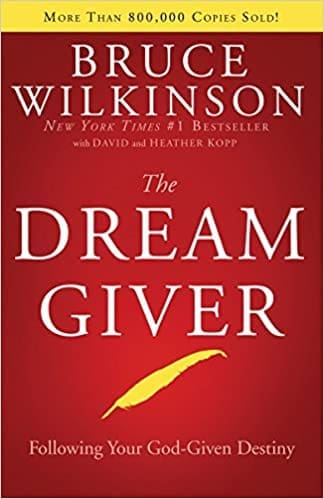
The Dream Giver
Bruce Wilkerson
The Dream Giver is a compelling modern-day parable about Ordinary, who dares to leave the Land of Familiar to pursue his Big Dream. With the help of the Dream Giver, Ordinary begins the hardest and most rewarding journey of his life. Discover the practical, biblical keys to fulfilling your own dream, revealing that there’s no limit to what God can accomplish when we choose to pursue the dreams He gives us for His honor.
The Amazon buttons are affiliate links, which means if you click on the link and purchase the item, Chronic Joy will receive an affiliate commission.





Son of man, set forth an allegory and tell it to the Israelites as a parable.
Son of man, set forth an allegory and tell it to the Israelites as a parable. {Ezekiel 17:2)
The tree has always been an allegory for spiritual growth.
“The tree has always been an allegory for spiritual growth.” Juan Antonio Bayona
Understanding our circumstances
“Understanding how we view our circumstances can begin to change the way we react to them. Story, because it is relatable, memorable and often unobtrusive, can help us to see with new eyes.” Cindee Snider Re
A Man’s life of any worth is a continual allegory – and very few eyes can see the mystery of his life…
“A Man’s life of any worth is a continual allegory – and very few eyes can see the mystery of his life…” John Keats
A strict allegory is like a puzzle with a solution…
“A strict allegory is like a puzzle with a solution…” C.S. Lewis
Allegory dwells in a transparent palace.
“Allegory dwells in a transparent palace.” Antoine-Marin Lemierre






